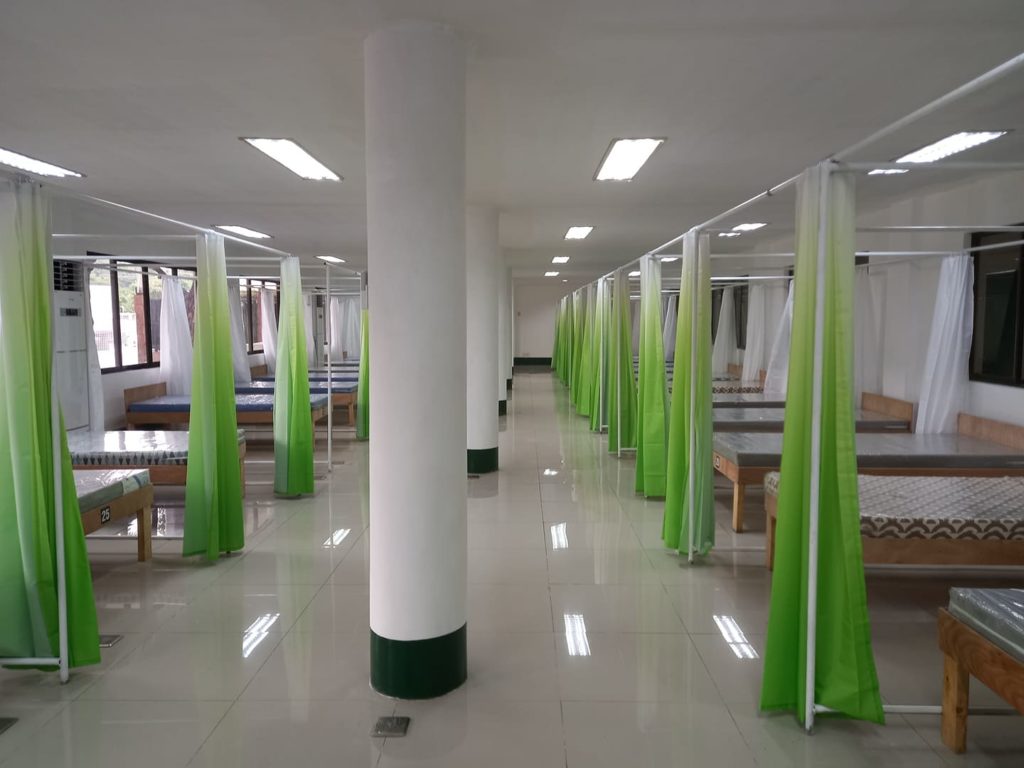CEBU CITY, Philippines — The rapid rise in COVID-19 cases in Cebu is not as alarming as it may seem as hospital utilization rate on the island remains low, according to Doctor Mary Jean Loreche, the chief pathologist of the Department of Health in Central Visayas (DOH-7).
The number of active cases in Central Visayas has reached 1,875 as of January 11, 2022 with One Cebu having the most active cases among the four provinces in the region.
Cebu City’s cases has reached 778, Cebu Province has 394, Mandaue City has 143, while Lapu-Lapu City has 140.
DOH-7 is not discounting the possibility that the rising cases is brought by the Omicron variant, but they do not have the accurate data yet because samples sent to the Philippine Genome Center (PGC) have not yet been sequenced and identified for the variant.
Until then, Loreche said they are assuming that the rise is caused by the Omicron variant but they are not discounting the possibility of other variants as well.
“We cannot discount the possibility nga naa na si Omicron because of the rapid rise in cases. If you have noticed as of January 11, there is already a doubling of cases, so nagsaka na atong number, paspas kaayo,” said the chief pathologist on Wednesday, January 12.
(We cannot discount the possibility that Omicron is here because of the rapid rise in cases. If you have noticed, as of January 11, there is already a doubling of cases, so the number is rising really fast.)
Low hospital critical care utilization rate
Despite the rapid doubling of cases in some areas, especially Cebu City, Loreche notes that the hospital critical care utilization rate in Cebu is still comfortably low. Intensive Care Unit (ICU) beds are also available.
For private hospitals, the care utilization rate is 15 percent, while for public hospitals, the rate is around 60 percent, owing to the fact that public hospitals have fewer COVID-19 dedicated beds to start with.
For the DOH-7, there may be two explanations as to why the cases are rising but hospitals are not congested. First, most cases are asymptomatic or those infected experience mild and manageable symptoms only. Second, the vaccination program may be working.
It could be that because a significant portion of the adult and adolescent population is already vaccinated, those infected with COVID-19 are now experiencing mild symptoms that can be managed easily at home or at Temporary Treatment and Monitoring Facility (TTMF).
This is why the DOH-7 is urging the local government units (LGUs) to go back and check their TTMFs because these facilities are necessary in ensuring that hospitals are not overwhelmed with patients.
“We are encouraging the LGUs already to really check their TTMFs because we really want to decongest hospitals. So for those who are hgihly vulnerable, those who are not yet vaccinated, whose who have comorbidities, or even those who have mild symptoms but their houses are not qualified because it could have been damaged by the typhoon, they could be placed at the TTMF for the meantime,” said Loreche.
The DOH-7 is now also encouraging home isolation due to the post-typhoon conditions Cebu is experiencing such as facilities suffering damages due to the onslaught of Odette.
/bmjo
READ MORE:
DOH-7 chief pathologist sees no reason elevating Lapu alert level
